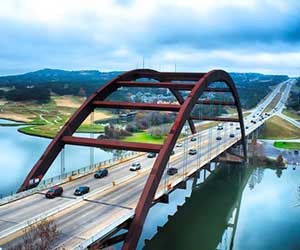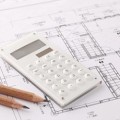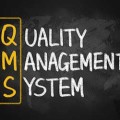
In my industry, value engineering is something that’s codified in the standard specification book, the one that’s tossed into every contract to define the standards for the project. It allows a Contractor to approach the owner/consultant and request design changes. If approved, the savings are shared with the Contractor.
I’ve never seen the clause used, although I can believe that it might have been in its approximately 10 year history.
Although consistent with the theory, this certainly doesn’t represent value engineering in all its glory. It was probably a buzzword that someone thought needed to be accommodated in one form or another.
A Background
Value engineering was originally developed at General Electric during the 1940’s. GE was suffering from a shortage of functional analysis capability for its military products during the war, which led to the development of a concept called value analysis. A few years later, the concept was catching on within the U.S. military but there was a moratorium on hiring “analysts.” Since engineering positions were available, the practice was re-branded value engineering.
Eventually a standard was developed and a trade organization formed, the Society of American Value Engineers. It was later rebranded SAVE International to represent its increasingly international audience. Today all federally funded infrastructure projects require a value engineering component.
The Central Concept
Value engineering is concerned with increasing the value of a product, service, or project. It is concerned with the relationship between the function of something, and the resources needed to achieve the function:
Value = Function / Resources
 Function is measured by the performance requirements of the owner or customer. A function might be to “achieve traffic flow across the river” and the resources are the “time and money to build a bridge.” I use that function/resource pair for explanation purposes only, because in practice the value engineers look at many different functions that the bridge serves, like accommodating floods, passengers, bicycles, endangered turtles, emergency vehicles, the sun on the horizon, and anything else that serves as a function of the project.
Function is measured by the performance requirements of the owner or customer. A function might be to “achieve traffic flow across the river” and the resources are the “time and money to build a bridge.” I use that function/resource pair for explanation purposes only, because in practice the value engineers look at many different functions that the bridge serves, like accommodating floods, passengers, bicycles, endangered turtles, emergency vehicles, the sun on the horizon, and anything else that serves as a function of the project.
The resources can be materials, tools, price, time, or anything that is required to achieve the required function.
How it Works
Value engineering most often takes place after a design (functional or detailed) has taken place, although the best time to do it is really before the design. A value engineering study is undertaken whereby multiple practitioners or subject matter experts gather together to perform the value methodology. They proceed through a standard job plan which consists of 6 phases:
- Information. Gathering project information and understanding its primary goals.
- Function Analysis. Identifying the functions of the product or project, and describing them with noun/very pairs.
- Creative. Generating alternative solutions which accomplish the intended functions but add value.
- Evaluation. Reduce the ideas to a short list that can be implemented.
- Development. Develop the alternatives into viable, actionable plans.
- Presentation. Present the results to management or other stakeholders.
The meat and potatoes is item #2, the function analysis step.
Verb/Noun Pairs
During the Function Analysis phase, the practitioners develop verb/noun pairs to describe the functions and how they are related. For example, a hammer’s function is to apply force.
There are two types of functions:
- Primary functions cannot be compromised. A bridge’s primary function is carry traffic across a river.
- Secondary functions are optional and provide convenience or dependability to the user. A bridge’s secondary function might be aesthetics.
As described above, the functions of a new bridge might be:
- Accommodate traffic (primary).
- Pass streamflow (primary).
- Appease landowners.
- Save wildlife habitat.
- Pass fish.
- Look good.
- Last long.
A real life example
When a major pedestrian bridge was built in my home town several years ago, the value engineering session took place after a functional design was produced. The design included two features that were altered by the value analysis:
- It was designed to have enough width for emergency vehicles.
- It was designed straight (a straight bridge).
Both of these design features are standard stuff for the engineers designing these types of bridges. But after the value engineering group met with the local emergency services they decided that emergency vehicle access was not necessary. And after consulting with the public, it was determined that a curved, aesthetic bridge was in the best interests of the public in this location instead of a straight bridge (it was alongside a freeway crossing). The design changes were significant, but the end result cost taxpayers several million dollars less while providing a better product. The City’s value engineering team paid for itself many times over that year.
On your projects
You don’t need to be an expert in value analysis to use its concepts to improve your projects.
- Why not take the time at various stages during the design phase to brainstorm the functions the project serves? What are the verb/noun pairs that describe the functions? The primary functions will be obvious (the reasons for the project’s existence) but what are the secondary ones?
- Value engineering sessions take a step back and look at the project from a functional perspective rather than how it’s originally conceived. Projects tend to be initiated based on linear, generic thinking that does not consider the secondary functions. The project manager, or members of the project team, can certainly do the same thing at any time. Particularly during the design phase, when innovation can save money, increase quality, or just score valuable brownie points, it could just be that simple.
What is your experience with value engineering? I’d love to hear about them in the comments section below.





